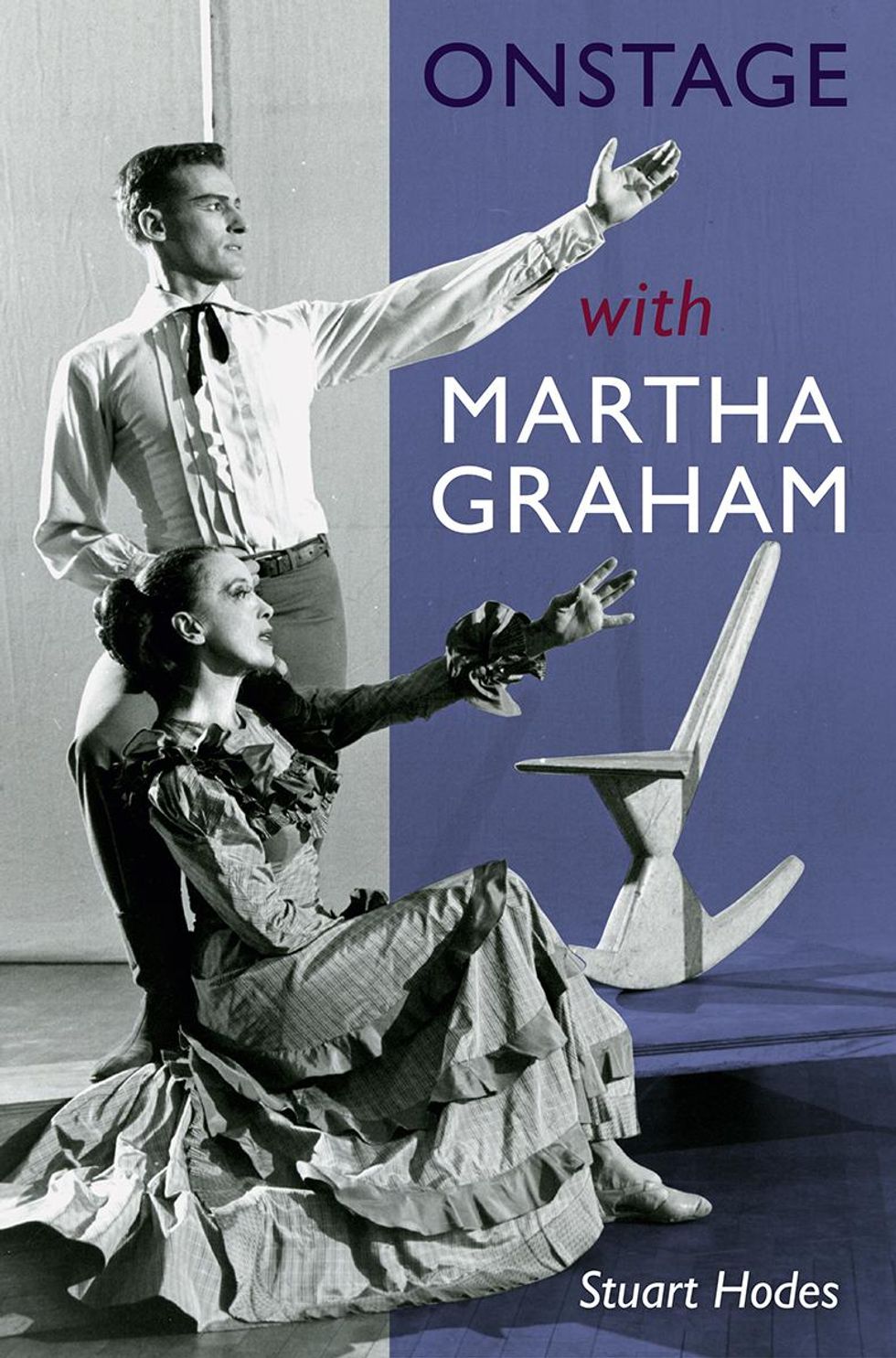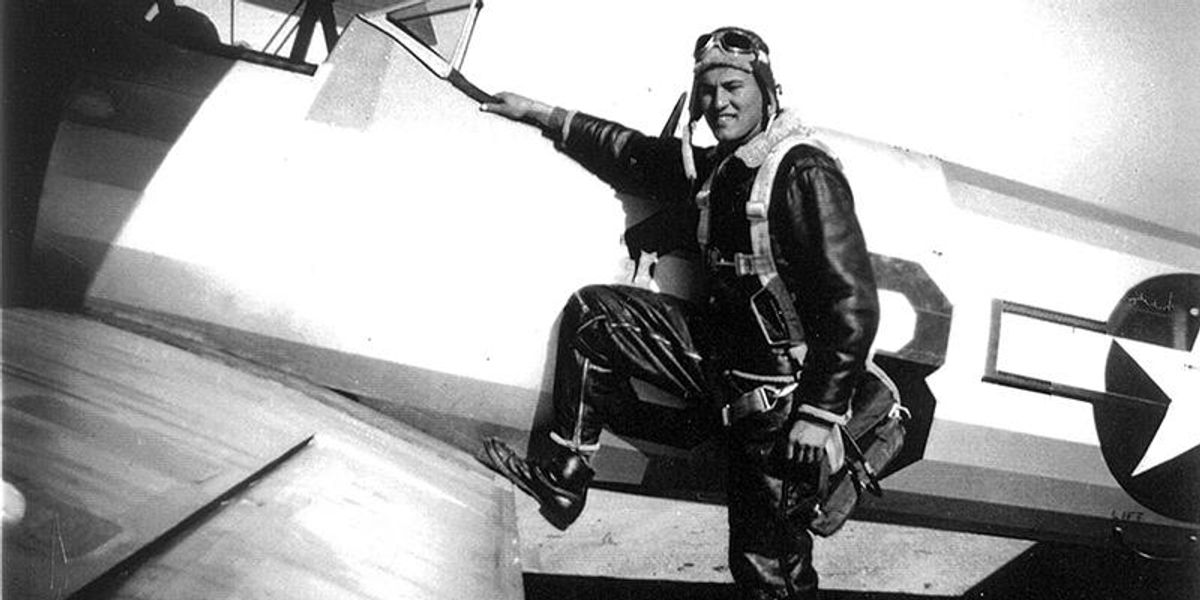13 Gems From Stuart Hodes’ New Book on Martha Graham
As a U.S. bomber pilot in World War II, Stuart Hodes was thrilled to fly a plane alone, with a clear mission and a sense of danger. After the war, he found the thrill, the mission and the danger while dancing with Martha Graham. His enthralling book, Onstage With Martha Graham, published by University Press of Florida, begins before he discovered modern dance and continues well after he left the Graham company. Here are a few moments to savor. (There are a lot more.)

• “Dancing in a group is like flying in formation but cozier.” (page 16)
• When Hodes starts taking more ballet classes than classes with Graham, she erupts. It’s their first blowup of many. “Stuart, you have the power to make me angry. You have that power because I care about you….But sometimes….I am possessive. I don’t want to lose you.” (page 39)
• “Martha’s genius lies in being able to reveal the glory and catastrophe of being human.” (page 46)
• “[Doris] Humphrey makes dances imagining how the audience will experience them, while Martha seeks to draw the audience into her own experience.” (page 77)
• Hodes attends a meeting where a pompous psychologist lectures on the motivations of dancers, proposing that the stage offers a fantasy world as an escape from ordinary life. Hodes stands up and speaks out: “When I dance, I enter a world of meaning and purpose. Dancing is the real world to me.” (page 85)
• When Hodes tries and fails to emulate Martha’s “mystical” two-hour warm-up, she serves up some words of wisdom: “We must each find our own way to the source of energy. My way is not everyone’s way.” (page 111)
• Louis Horst was always coaxing Graham to keep choreographing. Hodes overhears their conversation: Graham: “Maybe I’ll never make another good dance.” Horst: “Beethoven had to write the sixth symphony before he could write the seventh.” (page 115)
• During her troupe’s long tour of Asia in 1954, Graham often gave a speech about dance (or maybe life) being a challenge and a terror. Hodes and Bertram Ross would joke about it. “Bertram says, ‘Okay, who’s going to be the challenge and who the terror? In Manila I was the challenge, so in Bangkok I want to be the terror.’ ” (page 205)

Hodes with Graham in Errand Into The Maze.
Courtesy Hodes
• After giving a lecture demonstration in Tokyo in 1955, Graham offers scholarships to the dancers attending. “Those who show up in New York include Akiko Kanda, Takako Asakawa, Yuriko Kimura, and Kazuko Hirabayashi. The first three become members of the Graham troupe. Kazuko (Kaz) becomes a beloved teacher and head of her own troupe.” This generous offer sparked an infusion of excellent Asian dancers into American modern dance that continues today. (page 203)
• “Eventually I began to understand that Martha’s wrath was a mix of jealousy, fear of desertion, drive for power, and—one more—the ecstasy of rage.” (page 285)
• “Martha was driven to dominate, yet I never felt freer than when working with her.” (page 285)
• About Merce Cunningham: “Watching his dances is like tracing fractal patterns, staring at cloud formations, where one’s thoughts coalesce and are rearranged. One emerges pondering the universe, which is surely why the French, with their passion for abstruse thought, go mad for Cunningham, and why others can be stymied or outraged.” (page 286)
• “During performance, as on a combat mission, thoughts are so tightly focused it feels like not thinking, but afterward one feels intensely alive.” (page 287)




